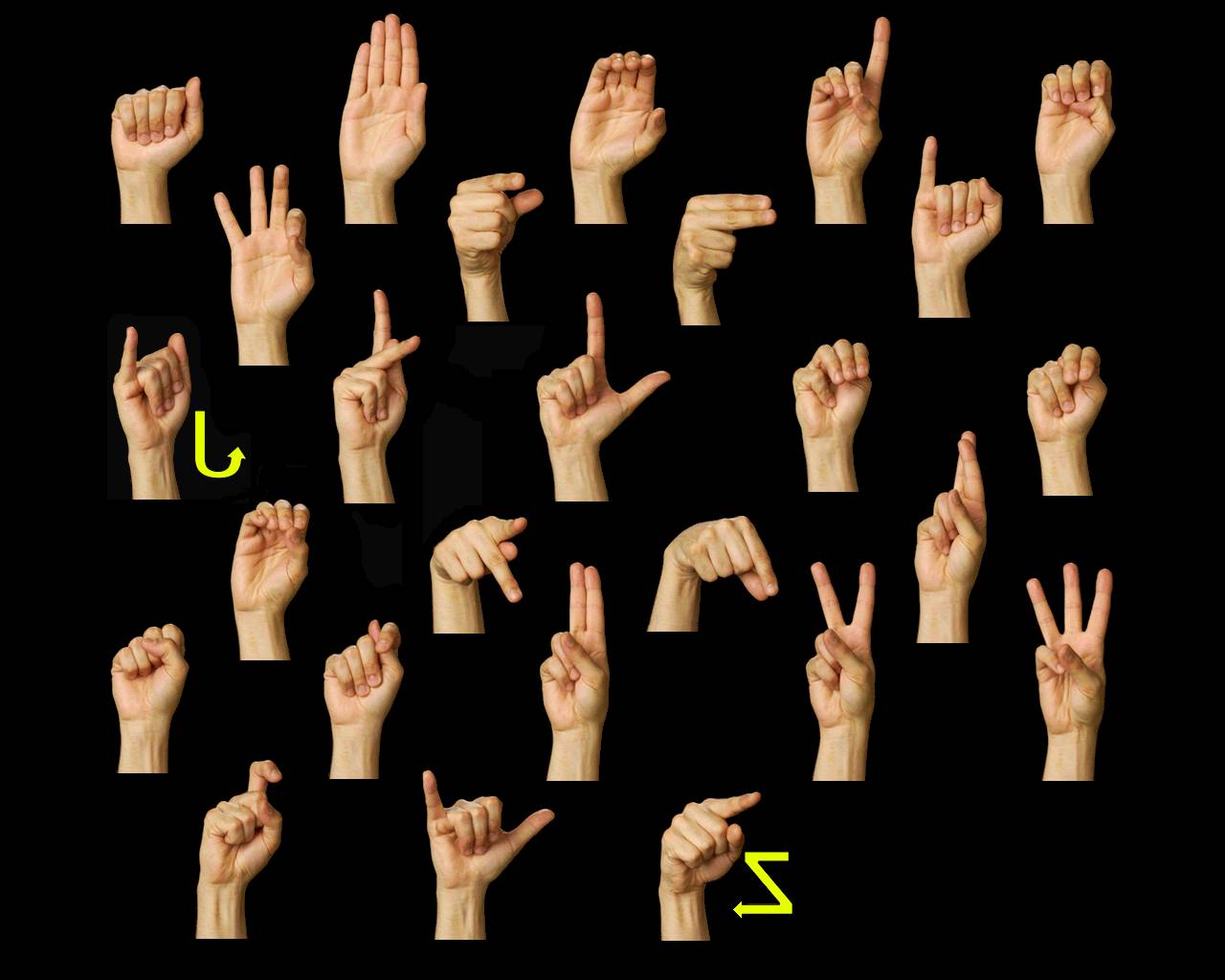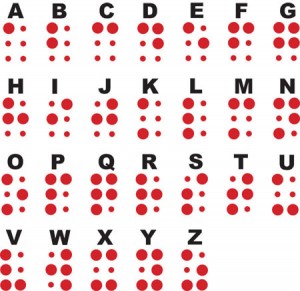Infants and children are more profoundly impacted by environmental risk conditions than adults. Think about a baby living an environment with purple paint on the floor—the baby crawls in the paint, she put her hands in her mouth to explore and learn about things. The baby has a smaller lung capacity so when she inhales, the toxins cause more damage to the tiny lungs. Babies have smaller digestive tracts so digestion of toxins is more severe and the baby’s skin is more exposed to the environment. The impact of some environmental risk conditions must be considered within the understanding of the way an infant or child lives his or her life.
Description
Some environmental risk conditions are temporary, such as displacement from war or natural disasters. These can either be short term or long term experiences. The more long term a child lives with environmental risk conditions, the higher the risk created.
WHO (World Health Organization) lists the following key environmental risks for children:
- Unsafe water;
- Air pollution (indoor and outdoor);
- Poor food hygiene;
- Poor sanitation and inadequate waste disposal;
- Vector-borne diseases;
- Exposure to chemicals (agricultural chemicals, pesticides used for public health, industrial and consumer uses, industrial chemicals, petrochemicals, chemicals in consumer products, persistent toxic substances, natural toxins and others);
- Injuries.
In addition, children’s health is endangered by other environmental risk factors, such as: poor housing, environmental degradation, UV radiation, heavy traffic and the so-called “emerging” threats (e.g. global climate change, ozone depletion, exposure to endocrine disrupting compounds, and others), and in various settings, such as home, schools, playground, streets, fields and workplaces.
Intervention Options
Environmental risk conditions are often experienced when children live in poverty, neglect and abuse-linked. We need to address the needs of the entire family, such as safe housing and clean drinking water.
We also need to address the individual developmental needs of a child who has been exposed to environmental toxins. A child may have brain damage or sensory impairments, learning disabilities or a compromised immune system. This child and family will miss out on community experiences due to higher rates of illness, may or may not be able to attend preschool or require a specialized services and placement.





